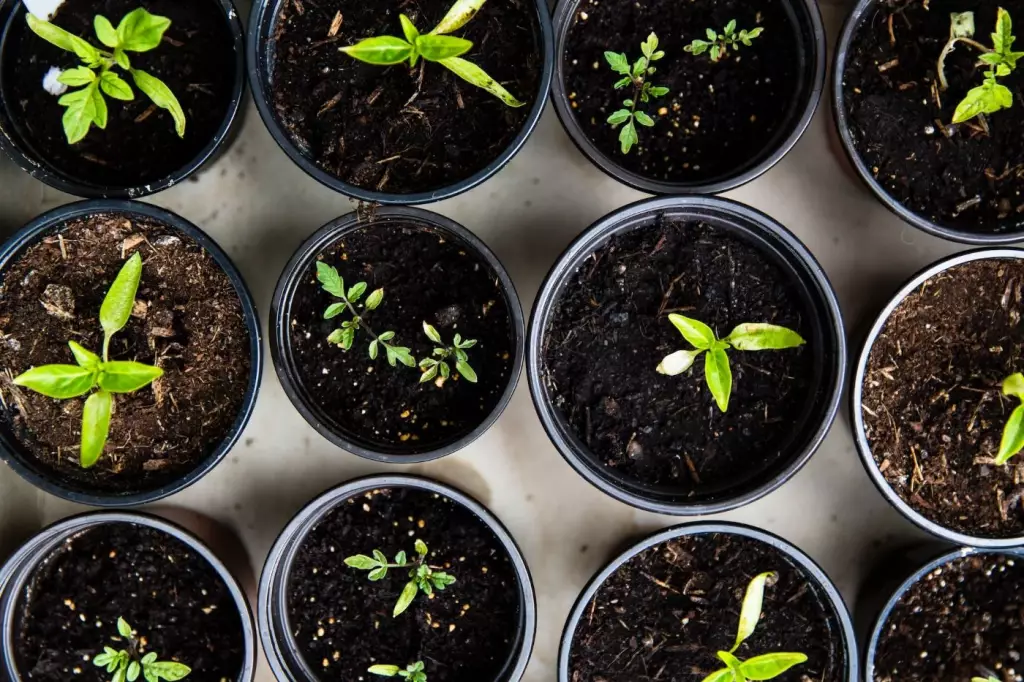You Can Do A Lot With 4 Acres Of Land (Don't Waste It)
Starting a farm is not a simple task, and the most common question beginner farmers usually face is how much land they need to start with. No matter the size of land—may it be an acre or less than 10 acres—land can be used efficiently if a clear goal for what it will be used for is in mind.
To maximize the potential of your four-acre farmland, grow vegetable crops, employ vertical gardening, plant fruit and nut trees and berry bushes, engage in container gardening techniques, practice cover–cropping, integrate small livestock, and invest in rainwater collector tanks for adequate water supply on your farm.
Success in farming is guaranteed if you follow the steps mentioned here. With proper planning and implementation, a four-acre farm can be just as successful as large acreage farms.
Summary
- You can farm successfully on 4 acres of land, given that you can employ gardening techniques to maximize space and ensure that the animals you will raise will be just enough for the limited space.
- On 4 acres of land, you can grow crops in raised beds, in containers, and in vertically set-up gardens. You can raise a few chickens and goats, and plant space-efficient trees too.
- If you want to employ a traditional farming setup or raise a herd of cows, a 4-acre plot of land may not be sufficient.

Building a Farm on 4 Acres of Land
As beginners in farming, you may wonder if four acres of land can suffice to hold a farm that is able to produce either for your family or for the market.
Four acres can be enough to build a sustainable farm, depending on what you plan to grow and raise. The real success, however, with farming on small acreage is the ability of farmers to carefully plan their farm setup in a way that will maximize its yield. Below are a few tips to fully utilize your small acreage:
Grow crops in raised beds.
Before purchasing any seed, make sure to consider growing crops that have high yield and have shorter growth duration so you can maximize your space and grow crops early in the season. You may also use bio-intensive methods to maximize your crop production and gain high profit as well. Find out which crops are highly profitable in U.K.
Employ vertical gardening techniques.
A vertical garden is a perfect solution for areas with small garden space. Some vegetables that you can possibly grow vertically upward are pole beans, climbing peas, sweet potatoes, vining tomatoes, and sprawling types of zucchini, cucumber, melon and squash.
Plant space-efficient trees.
Plant trees that don’t take up so much space such as fruit trees, berry bushes, and nut trees.
Engage in container gardening.
If you have already used up most of your land for your crops and livestock, you may still plant more crops through container gardening. Container gardening is growing crops in pots rather than on the ground.
In container gardening, you can maximize your space and harvest by planting low- growers and tall climbers crops in the same container or mixing plants that quickly mature such as lettuce or radishes, with plants that take longer periods to grow such as tomatoes or broccoli. You can also put together plants with similar water and sunlight needs like cucumber, bush beans, and beets; tomatoes, basil, and onions; and peas and carrots.

Practice cover–cropping.
Allot space in your 4-acre land for planting cover crops that will help improve soil health and lessen soil erosion. Their difference with main crops is that cover crops tend to the farmer’s need rather than grown for market or human consumption. They can be used to boost yield in soil and as feeds for animals as well.
Some of the most common cover crops are legumes, grasses (forage grains), brassicas, turnips, and radishes. Phacelia, a flowering plant, can also be used as a cover crop. Most farmers grow them because they have been proven effective at preventing nitrogen leaching and suppressing weeds. They also attract pollinators in the area.
Incorporate livestock and poultry in your farm.
Chickens are the most considerable type of farm animals to raise in small acreage. Chickens provide manure which is good as fertilizer, and they can also deter pests in most cases. Small farm animals such as goats can be kept together with chickens.
Make space and invest in rainwater collection systems.
To make a 4-acre farm sustainable, you must utilize water harvesting techniques such as collecting rainwater to have a water source in case of dry seasons. After all, it’s not just about what you grow and raise, but also about how you allot space for the farm necessities such as water supply in this case.
Limitations Of a 4-Acre Plot of Land
You can successfully farm on 4 acres of land, given that a goal is in mind on what type of farming you want to pursue. While four acres is an enough space for some types of farming, it may not be enough for others. If you already know what type of farming you’d like to employ on your land, then choosing the size and number of animals you will raise and which and how much crop you will plant will all just follow.
If you’re still clueless on which type of farming you can best opt for, you may try considering these types of farming based on climate.
Although, obviously, larger acreage will mean more production of food, farms with small acreage can keep up with production if farmers are more intentional in how they do things and are more organized in maximizing their land yield. But this doesn’t mean that the sky is the limit on a 4-acre plot of land.

A four-acre plot of land can accommodate small animals like chickens and goats without being inhumane and irresponsible. It’s best to opt for small farm animals so that the space for pens and coops will be small as well, and the animals can still have space to freely roam around the farm.
But if you plan to raise a whole herd of goats or sheep or are eyeing to raise cows to make a full-dairy farm, then 4 acres will not be enough.
If you plan to use bio-intensive farming methods such as planting in raised beds, container gardening, and vertical gardening, these are highly feasible in a 4-acre plot. But if you are into traditional farming setups where your animals and crops need to be well-spaced from each other before they can grow efficiently, then a 4-acre plot of land may not suffice for you.


